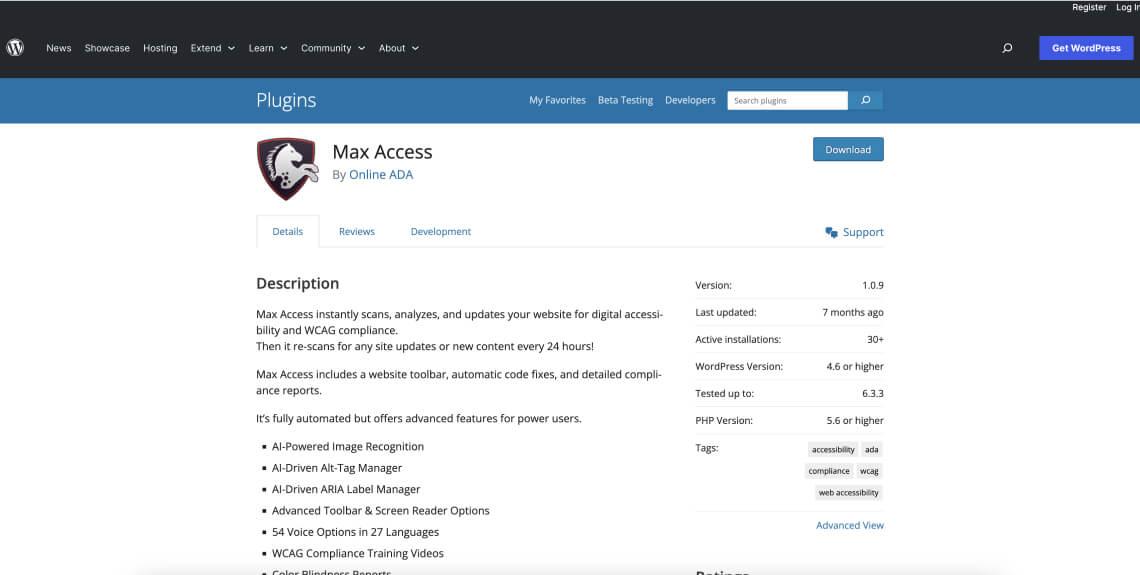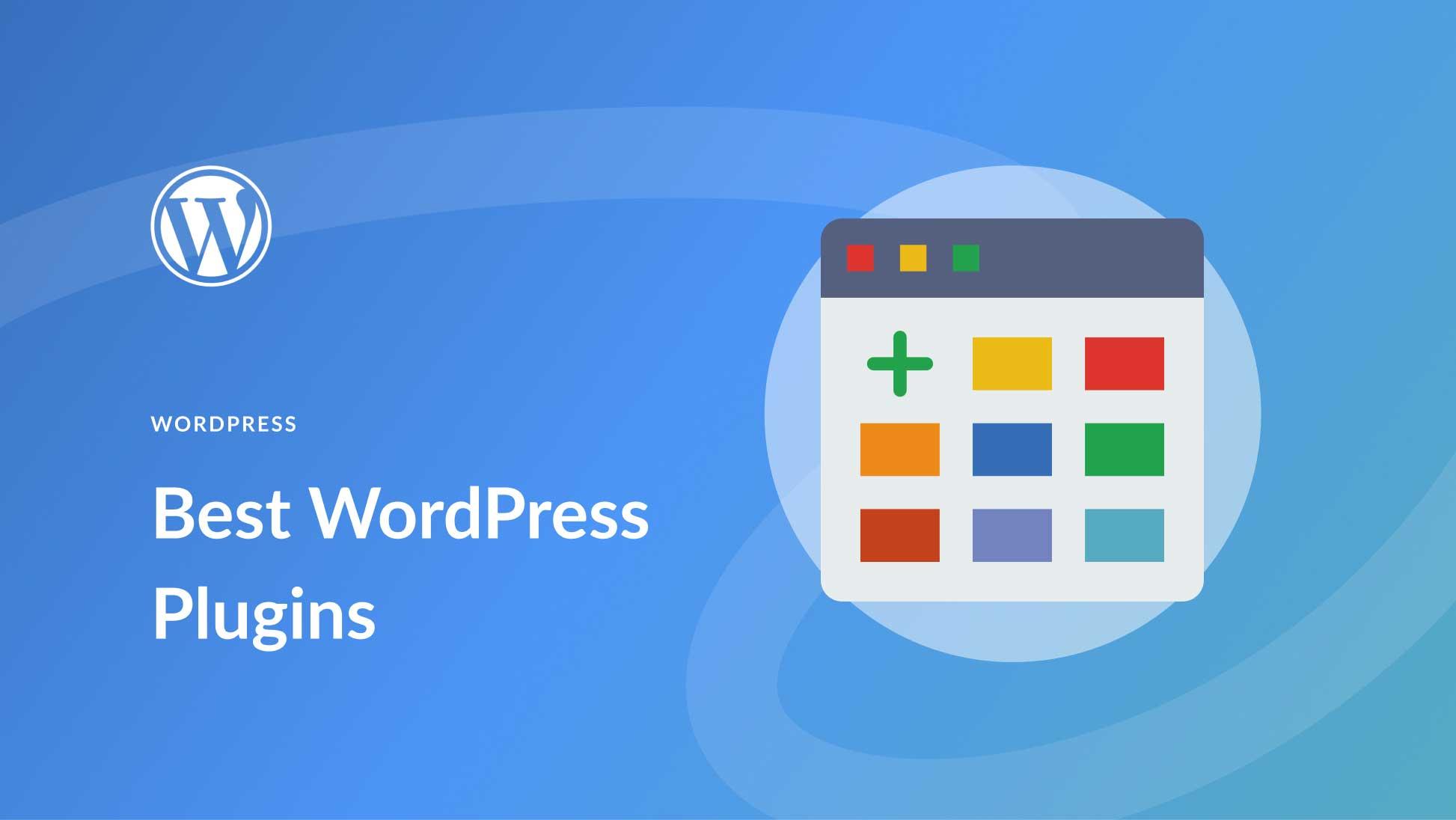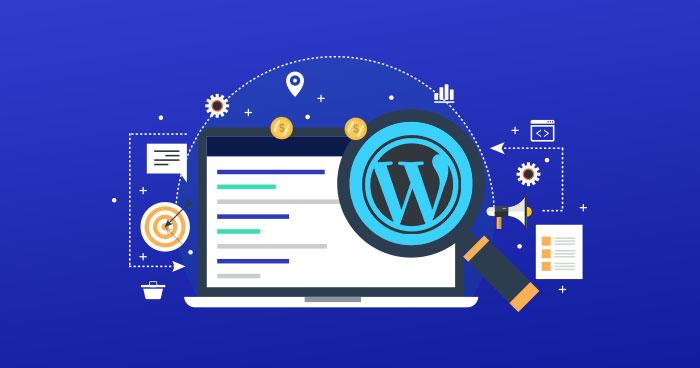Introduction:
Hey there! If you’re a website owner or a developer, you know how crucial it is to make your site accessible to everyone. But let’s be honest: navigating teh world of web accessibility can feel a bit overwhelming. With so many regulations and best practices to consider, it’s easy to get lost in the details. That’s where WordPress accessibility plugins come into play!
In this article,we’ll dive into the top 8+ best WordPress accessibility plugins,comparing both free and paid options. Whether you’re just starting your journey towards compliance or you’re looking to enhance your existing setup, we’ve got you covered. These plugins not only help you create a more inclusive experience for all users but can also boost your site’s SEO and overall performance. So, grab a cup of coffee, and let’s explore the best tools to make your WordPress site accessible to everyone!
Understanding the Importance of Accessibility in WordPress
Accessibility in WordPress is not just a feature; it’s a fundamental aspect of web design that ensures everyone,regardless of their abilities,can access and enjoy your content. When your website is accessible, you open your doors to a wider audience, including people with disabilities who rely on assistive technologies to browse the web. This inclusivity not only enhances user experience but also improves your site’s SEO, as search engines favor well-structured, accessible content.
Consider the following benefits of implementing accessibility in your WordPress site:
- wider reach: By accommodating users with disabilities, you can significantly increase your audience size.
- Compliance: Many countries have legal requirements for web accessibility, and compliance can help you avoid potential lawsuits.
- Better User Experience: Accessibility features often lead to a more streamlined and user-amiable site for all visitors.
- Enhanced SEO: Accessible websites are typically easier for search engines to crawl, improving your overall search visibility.
When selecting accessibility plugins for your wordpress site, it’s essential to choose tools that cater to various needs. Some plugins focus on enhancing keyboard navigation, while others may improve screen reader compatibility or provide color contrast adjustments. Here’s a speedy comparison of popular accessibility plugins:
| Plugin Name | Key Features | Free/Paid |
|---|---|---|
| WP Accessibility | Improves contrast, adds skip links, and more | Free |
| One Click Accessibility | Accessibility toolbar, font resizer, and more | Free |
| Accessibe | AI-powered accessibility solutions | Paid |
| WP ADA Compliance Check Basic | Automated compliance checks | Free |
Investing in the right accessibility tools not only sets your website apart but also demonstrates your commitment to inclusivity. By making small adjustments and utilizing the right plugins, you can create a welcoming online environment for everyone. Accessibility shouldn’t be an afterthought; it should be integrated into your website’s DNA, reflecting your values and expanding your reach.
Key Features to Look for in Accessibility Plugins
When exploring accessibility plugins for your WordPress site, it’s essential to prioritize features that enhance user experience and comply with accessibility standards.Here are some key elements to consider:
- Keyboard Navigation: Ensure the plugin allows seamless navigation throughout your site using only the keyboard.This feature is crucial for users who cannot use a mouse.
- Screen Reader Support: Check if the plugin is compatible with popular screen readers like JAWS or NVDA. Properly labeled content and ARIA (Accessible Rich Internet Applications) attributes can significantly improve accessibility.
- Customizable Appearance: Look for options that enable you to customize colors, fonts, and contrast settings. this adaptability can definitely help users with vision impairments tailor their browsing experience.
- Alt Text Recommendations: A plugin that prompts or assists you in providing alt text for images can enhance accessibility for visually impaired users relying on screen readers.
Another critical aspect to evaluate is the plugin’s ability to generate accessibility reports. These reports can help you identify areas needing improvement,ensuring ongoing compliance with standards like WCAG (Web Content Accessibility Guidelines). A clear tracking system will also help you monitor progress over time.
Consider the level of support and documentation provided by the plugin developers. A robust support system can make a meaningful difference, especially when dealing with accessibility issues. Tutorials, FAQs, and responsive customer service should be readily available to help you navigate any challenges.
| Feature | Importance |
|---|---|
| Customizable Alt Text | critical for visually impaired users |
| Keyboard navigation | Essential for users with motor disabilities |
| Screen Reader Compatibility | Vital for enhancing content accessibility |
| Accessibility Reports | Helps identify improvement areas |
Lastly, ensure that the plugin you choose is regularly updated and maintained. Accessibility standards evolve, and ongoing support is necessary to keep your website compliant and user-friendly. A well-maintained plugin indicates a commitment to accessibility, benefiting both your site and its visitors.

Top free WordPress accessibility Plugins You should Try
Ensuring your WordPress site is accessible to everyone is not just a smart move; it’s a necessity. With a plethora of accessibility plugins available, you can enhance your website’s usability and reach a wider audience. Here are some of the top free accessibility plugins you should definitely consider:
- WP Accessibility: this plugin offers a variety of features that help improve accessibility. It tackles keyboard navigation issues, adds alt text to images, and adjusts contrast for better visibility. A simple yet powerful solution for any website.
- Accessible Poetry: Focused on providing a better reading experience, this plugin allows users to customize font sizes, color contrasts, and more. It’s perfect for content-heavy sites that prioritize readability.
- One Click Accessibility: With just one click, this plugin adds a toolbar to your site that allows users to adjust text size, contrast, and more. It’s user-friendly and offers immediate accessibility enhancements.
- WP Accessibility Helper (WAH): This plugin takes accessibility a step further by offering a comprehensive set of tools, including a screen reader and keyboard navigation assistance. It also provides a color contrast checker for visually impaired users.
- accessibility Suite: An all-in-one solution,this plugin combines several accessibility features,including ARIA landmarks,skip links,and focus management,making it an excellent choice for developers looking to comply with accessibility standards.
| Plugin Name | Key features | User Rating |
|---|---|---|
| WP Accessibility | Keyboard navigation, alt text | 4.5/5 |
| Accessible Poetry | Font customization, color contrast | 4.7/5 |
| One Click Accessibility | Toolbar for adjustments | 4.6/5 |
| WP Accessibility Helper | Screen reader, color checker | 4.8/5 |
| Accessibility Suite | ARIA landmarks,skip links | 4.4/5 |
By integrating these plugins into your WordPress site, you not only improve its accessibility but also demonstrate your commitment to inclusivity. Choose the ones that best fit your site’s needs and see the difference it makes for your visitors. Remember, an accessible site is a better site.

The Best Paid Accessibility Plugins for a Professional Touch
When it comes to enhancing your website’s accessibility, investing in premium accessibility plugins can offer you a professional edge. These plugins not only comply with the latest accessibility standards but also provide advanced features that free versions often lack. Here are some of the best paid accessibility plugins that can make a significant difference in how users interact with your site.
- WP Accessibility pro: This comprehensive plugin offers features like keyboard navigation, ARIA landmarks, and improved color contrast. It’s user-friendly and designed for WordPress sites that aim to meet WCAG 2.1 standards.
- UserWay: This plugin provides a customizable accessibility interface that allows users to adjust text size, contrast, and more. Its premium version includes automated compliance checks and a dedicated support team to assist with any technical issues.
- accessiBe: Leveraging AI, accessiBe helps to maintain compliance with accessibility regulations. The plugin automatically scans and adjusts your website’s elements to ensure they are accessible to all users, including those with disabilities.
- WP Accessibility Helper (WAH): The premium version of this plugin includes advanced features like font resizing, color adjustments, and keyboard navigation aids. It’s designed to enhance user experience while providing an elegant design that integrates seamlessly into your site.
For those looking for added functionality, consider using plugins that offer additional services beyond basic accessibility adjustments:
| Plugin | Features | Price |
|---|---|---|
| WP Accessibility Pro | Keyboard Navigation, ARIA Landmarks | Starting at $49/year |
| UserWay | Custom Interface, Compliance Checks | Starting at $49/month |
| accessiBe | AI-Powered Adjustments | Starting at $49/month |
| WP Accessibility helper | Font Resizing, Color Adjustments | Starting at $39/year |
With the right accessibility plugin, you can transform your website into a more inclusive space for all users. By investing in these paid solutions, you not only enhance user experience but also protect your brand against legal risks associated with accessibility compliance. Choose the plugin that best fits your needs and watch as your site becomes a leader in accessibility!
comparing User Experiences: Which Plugins Stand Out
When it comes to enhancing user experiences on WordPress sites, the choice of accessibility plugins can significantly influence how inclusive and navigable a site feels. Here, we dive into a comparison of several standout plugins, each offering unique features tailored to diverse user needs.
User Interface (UI) plays a crucial role in accessibility. Plugins like WP Accessibility excel in simplifying your site’s UI. They offer options to adjust contrast, font size, and even provide skip links for keyboard navigation. Users have praised this plugin for its straightforward setup and immediate impact on navigating complex content.
On the other hand, Accessibility Widget stands out with its interactive features. This plugin includes a toolbar that allows visitors to customize their viewing experience in real-time. Options such as text resizing and color adjustments have been highlighted as beneficial for users with visual impairments.Notably, users love how it integrates seamlessly into existing themes without causing any layout disruptions.
Feature Comparison Table
| Plugin Name | Key Features | User Rating |
|---|---|---|
| WP Accessibility | Contrast adjustment, skip links, ARIA landmarks | 4.5/5 |
| Accessibility Widget | Toolbar, text resizing, customizable color schemes | 4.7/5 |
| One Click Accessibility | Accessibility options menu, keyboard navigation enhancements | 4.4/5 |
Another excellent choice is UserWay, which offers an AI-powered approach to accessibility. Users have lauded its efficiency in automatically scanning websites for accessibility issues and providing instant fixes.This proactive feature makes it a favorite among site owners who need a hands-off solution while still ensuring compliance with web accessibility standards.
Lastly, WP Accessibility Helper (WAH) provides a robust suite of tools designed for advanced users. Its capabilities, such as customizable accessibility menus and detailed analytics on user interaction, have garnered positive feedback. Users appreciate the in-depth control it offers,allowing them to tailor accessibility features according to their audience’s specific needs.
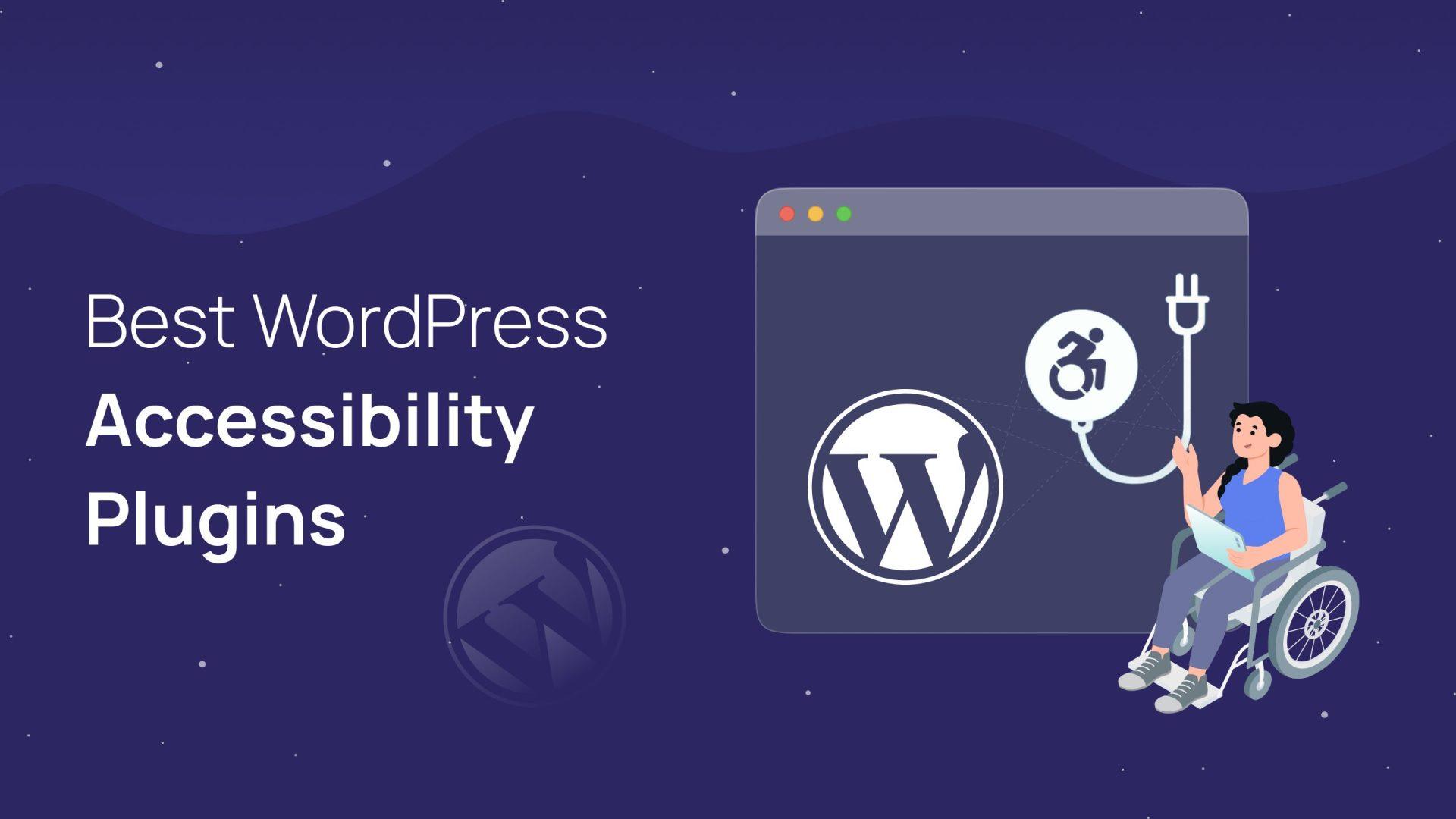
How Accessibility Plugins Can Boost your SEO Efforts
in today’s digital landscape, ensuring your website is accessible is not just a matter of compliance; it’s also a significant factor for SEO. Search engines like Google prioritize sites that provide a good user experience, and accessibility plugins play a pivotal role in achieving that. By integrating these tools, you not only enhance user engagement but also boost your visibility in search engine results.
Accessibility plugins help in optimizing various aspects of your website that cater to users with disabilities. As a notable example, they improve screen reader compatibility, which is crucial for visually impaired users. when these users can easily navigate your site, it leads to longer visit durations and lower bounce rates, both of which are favorable signals for search engines. Here are some key features to look for in accessibility plugins that can enhance your SEO:
- Keyboard Navigation: Ensures that users can navigate your website without a mouse.
- Image Alt Text: Helps in adding alt tags to images, improving both accessibility and SEO.
- Color Contrast adjustments: allows users to customize contrast settings, enhancing readability.
Furthermore, implementing these plugins can also aid in meeting the Web Content accessibility Guidelines (WCAG). Compliance with these standards not only protects your brand from legal issues but also enhances your search rankings since Google favors compliant sites. Actually, many accessibility plugins offer features that automatically check and ensure your content meets these guidelines.
Consider the following table that summarizes some popular accessibility plugins and their SEO benefits:
| Plugin Name | Features | SEO Impact |
|---|---|---|
| WP Accessibility | Color adjustments, ARIA landmark roles | Improves overall site usability |
| Accessibility Widget | Text sizing, contrast toggle | Enhances user engagement |
| One Click Accessibility | Keyboard navigation, skip links | Reduces bounce rates |
Incorporating these accessibility features not only meets the needs of all users but also aligns your website with SEO best practices. Remember, a site that is accessible is a site that is more likely to succeed in search engine rankings. so,leveraging accessibility plugins can translate into a dual benefit: serving your audience better while enhancing your search engine visibility.
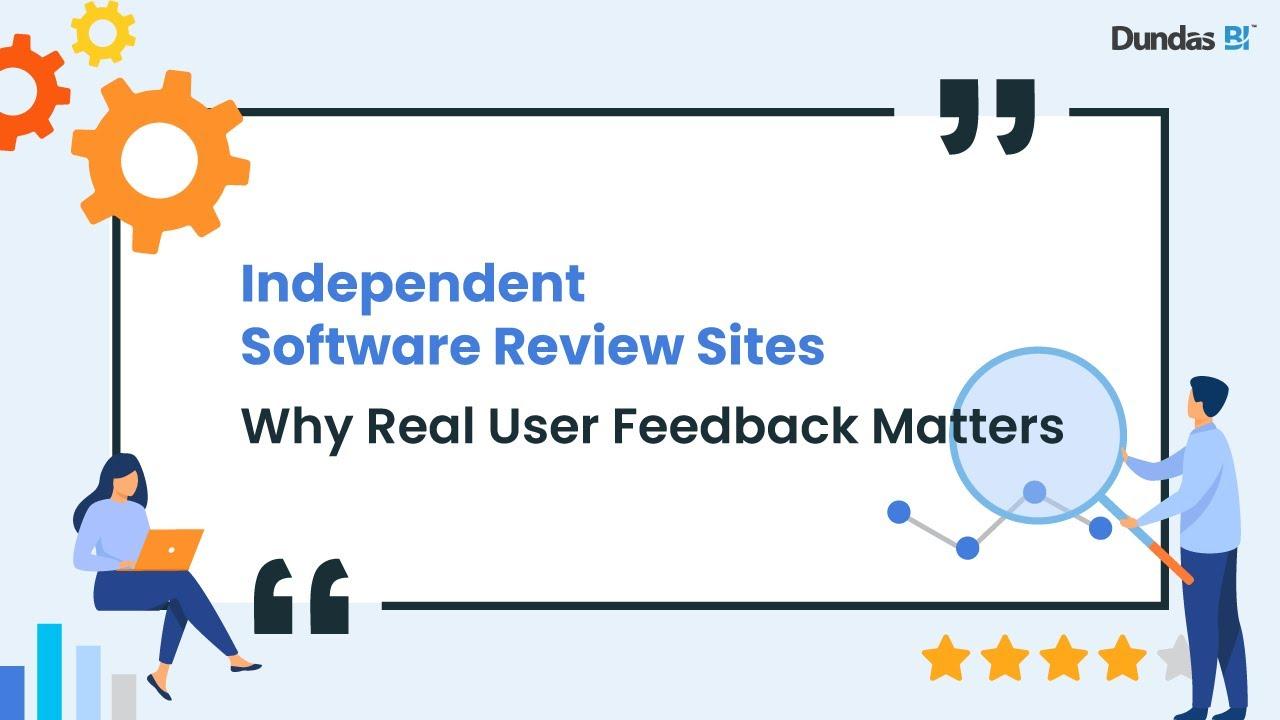
Real User Feedback: What Are people Saying About These Plugins
When it comes to enhancing website accessibility, real user feedback provides invaluable insights into how effective various plugins truly are. Many users have taken to forums and review sites to share their experiences, and the consensus is clear: the right plugins can make a significant difference.
Here’s what users are saying:
- User-Friendly interface: Many plugins are praised for their intuitive design that makes it easy for webmasters to implement accessibility features without needing extensive technical knowledge.
- Effective Screen Reader Compatibility: Users have noted improvements in how their content is read by screen readers, allowing visually impaired visitors to navigate sites more effectively.
- Customizability: several plugins offer customizable options, enabling users to tailor accessibility features to their specific audience needs, which has resonated well with many website owners.
- Responsive Support: Strong customer support has been highlighted as a major advantage by users, with many reporting quick resolutions to their queries.
Though, not all feedback has been glowing. some users have pointed out issues they faced:
- performance Impact: A few users reported that certain plugins affected their website’s loading speed, which is a crucial factor for user experience and SEO.
- Conflicting Features: users have experienced conflicts between different accessibility plugins, which led to functionality issues on their sites.
| Plugin Name | User Rating | Notable Features |
|---|---|---|
| WP Accessibility | 4.5/5 | Keyboard navigation, ARIA landmarks |
| one Click Accessibility | 4.8/5 | Accessibility toolbar, easy setup |
| Accessibility Widget | 4.2/5 | Customizable accessibility options |
| WP Accessibility Helper | 4.6/5 | Dynamic contrast tools, text resizing |
user feedback indicates that while there may be some hiccups along the way, the vast majority of site owners find that implementing accessibility plugins is a rewarding investment. They not only enhance user experience but also contribute to a more inclusive web. It’s clear that when done right, accessibility plugins are not just tools—they’re essential components of modern web design that reflect a commitment to inclusivity.
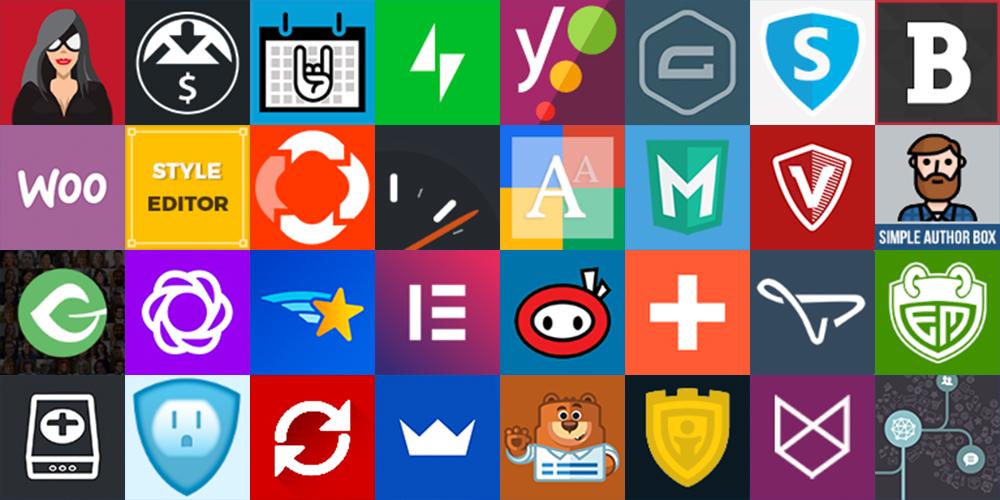
Making the right Choice: Tips for Selecting the Right Plugin
Choosing the right accessibility plugin for your WordPress site is crucial for ensuring that all users, regardless of their abilities, can navigate and interact with your content effectively. Here are some essential tips to guide you through the selection process:
- Identify Your Needs: Start by assessing the specific accessibility challenges your site faces. Are you looking to improve screen reader compatibility, keyboard navigation, or color contrast? Understanding your requirements will help you narrow down the options.
- Check Compatibility: Ensure that the plugin you select is compatible with your current theme and other plugins. Compatibility issues can hinder functionality and lead to a frustrating user experience.
- Evaluate user Reviews: Take the time to read reviews and testimonials from other users. Look for feedback on ease of use, effectiveness, and any issues encountered. A plugin with a strong track record is often a safer bet.
- Consider Support and Updates: Opt for plugins that receive regular updates and have responsive support teams. This not only ensures that the plugin remains functional with the latest WordPress version but also that you have help if you encounter any issues.
- Test Before You Commit: Many plugins offer free versions or trials. Test these options to see how they fit into your site and evaluate their effectiveness in improving accessibility.
To further aid your decision-making process, here’s a quick comparison table highlighting key features of popular accessibility plugins:
| Plugin Name | Free Version | Key Features | Rating |
|---|---|---|---|
| WP Accessibility | Yes | Color adjustments, skip links, screen reader support | 4.5/5 |
| Accessibility Widget | Yes | Text resizing, contrast buttons | 4.0/5 |
| WP Accessibility Helper | Yes | Accessibility toolbar, ARIA support | 4.8/5 |
| AccessiBe | No | AI-powered adjustments, compliance assurance | 4.6/5 |
| One Click Accessibility | Yes | Keyboard navigation, alt text suggestions | 4.2/5 |
Ultimately, the right plugin will depend on your unique website requirements and the audience you serve. Prioritize user experience and functionality, and don’t hesitate to reach out to plugin developers if you have specific questions or concerns before making your choice.
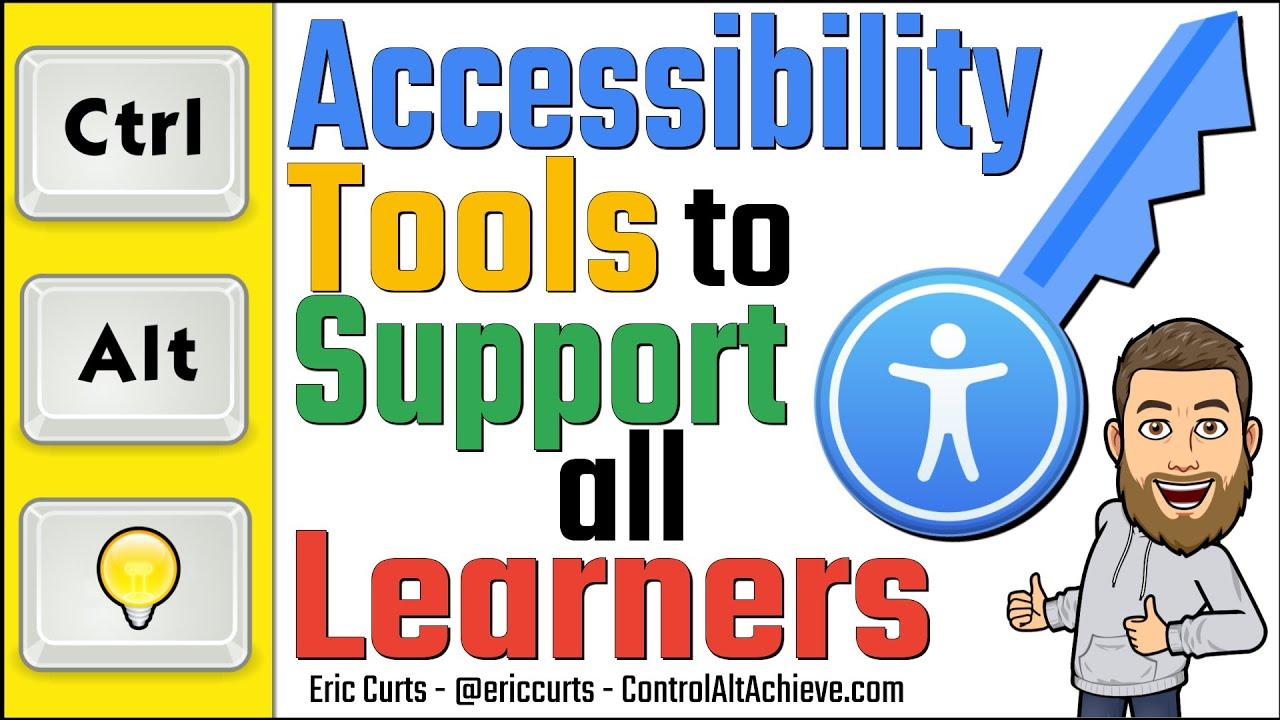
Future-Proofing Your Site: Staying Ahead with Accessibility Tools
As the web evolves, ensuring accessibility for all users is no longer just an option; it’s a necessity. With the increasing emphasis on inclusivity, utilizing accessibility tools is a proactive step that not only enhances user experience but also future-proofs your site against potential legal challenges.By integrating the right accessibility plugins,you can create an environment where everyone,regardless of ability,can engage with your content seamlessly.
When choosing an accessibility plugin, consider what features will best serve your audience. Key features to look for include:
- Screen reader compatibility
- Keyboard navigation support
- Customizable color contrasts
- Text resizing options
- Alt text management for images
Implementing these features not only enhances usability for individuals with disabilities but also improves overall site performance and SEO. Search engines favor accessible sites, which can lead to improved visibility and higher traffic.Moreover, many modern accessibility plugins come equipped with tools that automatically check for compliance with web standards, saving you time and effort.
To give you a clearer picture of how various plugins stack up, here’s a comparison table of some of the best options available:
| Plugin Name | Free Version | Paid Version | Key Features |
|---|---|---|---|
| WP Accessibility | ✔️ | ❌ | Keyboard navigation, alt text management |
| Accessibility Widget | ✔️ | ✔️ | Contrast switcher, text resizing |
| WP Accessibility Helper | ✔️ | ✔️ | accessibility audits, toolbar customization |
| One Click Accessibility | ✔️ | ✔️ | Skipping links, image alt text |
investing in these tools not only demonstrates a commitment to your audience but also positions your brand as a leader in digital accessibility. With numerous options available, you can choose the right combination of plugins that align with your site’s objectives, ensuring a user-friendly experience for everyone.By taking these steps today, you’ll be making a significant impact on your site’s future resilience and inclusivity.
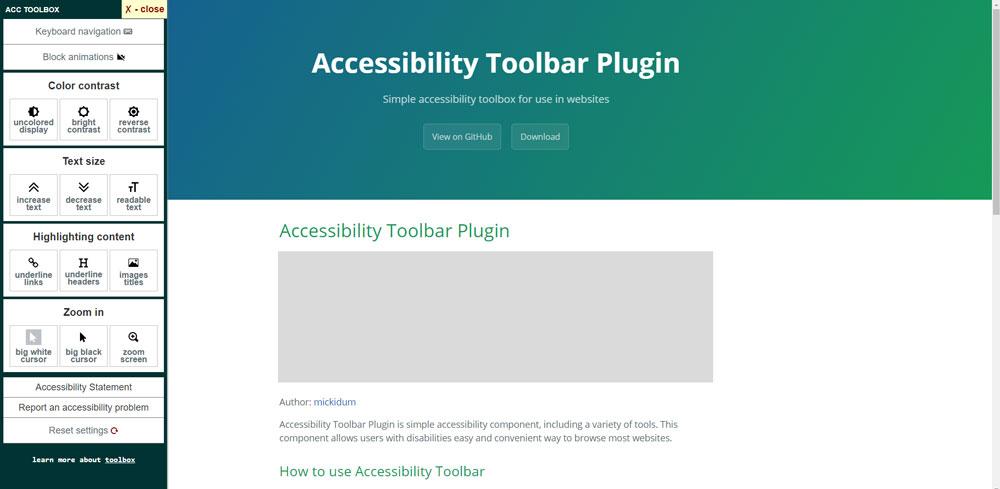
Wrapping Up: Enhancing Your Site with the Right Accessibility plugin
As you consider enhancing your website’s accessibility, it’s critically important to remember that the right plugin can significantly improve user experience for all visitors. By prioritizing accessibility, you not only comply with legal standards but also open your doors to a wider audience, including people with disabilities.Here are a few key factors to keep in mind when selecting the ideal accessibility plugin:
- Compatibility: Ensure that the plugin you choose seamlessly integrates with your existing theme and other plugins. This will prevent any conflicts that might disrupt your site’s functionality.
- Customization: Look for plugins that allow you to tailor accessibility features to your specific audience’s needs. Customization options can enhance user engagement and satisfaction.
- Support and Updates: Opt for a plugin that has a good track record of ongoing support and regular updates.This is crucial for maintaining security and compatibility as WordPress evolves.
When evaluating the various plugins available, take time to read user reviews and test each option through demos or trial versions. This way, you can gauge how well a plugin performs in real-world scenarios.Consider creating a comparative table to visualize the strengths and weaknesses of each plugin, like the one below:
| Plugin Name | Free Version | Premium Features |
|---|---|---|
| WP Accessibility | ✔️ | Limited |
| accessiblewp | ✔️ | Color contrast, ARIA landmark roles |
| One Click Accessibility | ✔️ | Full site accessibility audit |
| WP ADA Compliance Check Basic | ✔️ | Enhanced reporting tools |
Ultimately, enhancing your site’s accessibility is an investment in your audience’s experience. By selecting a plugin that aligns with your needs,you can create a more inclusive online environment.Not only does this foster goodwill among your users, but it can also improve your search engine rankings, as search engines reward sites that prioritize accessibility. Remember, the goal is to make your site as user-friendly as possible for everyone.
Frequently Asked Questions (FAQ)
Q&A: 8+ Best WordPress Accessibility plugins Compared (Free & Paid)
Q1: Why should I care about web accessibility for my WordPress site?
A1: Great question! Web accessibility ensures that everyone, including individuals with disabilities, can access and interact with your website. by improving accessibility,you’re not only complying with legal standards,but you’re also expanding your audience and enhancing user experience for all visitors. It’s a win-win!
Q2: What are accessibility plugins, and how do they help?
A2: Accessibility plugins are tools designed to help you enhance your website’s usability for those with disabilities. They can improve navigation, provide text alternatives for images, and ensure your site meets accessibility standards. Using these plugins can significantly reduce barriers,making your content more inclusive.
Q3: are there any free accessibility plugins worth considering?
A3: Absolutely! Some fantastic free options include WP Accessibility and One Click Accessibility. These plugins offer essential features like keyboard navigation support and alternative text management, making it easier for users with disabilities to navigate your site without breaking the bank.Q4: What paid accessibility plugins do you recommend?
A4: There are several premium options that pack a punch! For instance, UserWay and Accessibe are highly rated for their comprehensive features, including real-time accessibility adjustments and compliance monitoring. They provide a more robust solution, ideal for businesses looking to ensure top-notch accessibility.
Q5: How do I know which plugin is right for my site?
A5: It depends on your specific needs! If you’re just starting out, a free plugin might be all you need. However, if your website handles sensitive information or has a large audience, investing in a paid plugin could be the smarter choice. Look for features that align with your goals, like screen reader support or customizable accessibility options.
Q6: Will these plugins slow down my website?
A6: Performance is always a concern! Most reputable accessibility plugins are designed to be lightweight and efficient. However, it’s essential to select plugins from trusted sources and regularly monitor your site’s performance. Many premium plugins also offer optimization features to keep speed in check.
Q7: Can I use more than one accessibility plugin at a time?
A7: While it’s technically possible, it’s not recommended. using multiple plugins can lead to conflicts and may confuse users.Instead, it’s best to choose one comprehensive plugin that meets your needs, ensuring a seamless user experience.
Q8: What are the potential downsides to accessibility plugins?
A8: some downsides could include the initial learning curve or the reliance on a plugin for compliance.Additionally, while plugins are helpful, they shouldn’t be your only strategy for accessibility. It’s critical to incorporate best practices into your web design and content creation.
Q9: How often should I update my accessibility plugins?
A9: Just like with any other WordPress plugin,keeping your accessibility plugins up to date is crucial for security,performance,and functionality. Regular updates ensure you benefit from the latest features and compliance standards, so check for updates at least once a month.Q10: Where can I find more information about accessibility in WordPress?
A10: There are plenty of resources available! The WordPress Accessibility Team has excellent guides, and websites like W3C’s Web accessibility Initiative (WAI) offer a wealth of information. Plus, our article on the best WordPress accessibility plugins is a fantastic starting point to dive deeper into the subject!
Conclusion: Making your WordPress site accessible may seem daunting, but with the right plugins and mindset, it’s entirely achievable. by investing time and resources into accessibility, you’re not just adhering to standards; you’re creating a more inclusive web for everyone! So, which plugin will you choose to enhance your site’s accessibility?
In Retrospect
Conclusion
And there you have it! The world of WordPress accessibility plugins is vast and varied, with options that cater to different needs and budgets. Whether you’re looking for a robust free solution or a feature-packed premium option, the plugins we’ve explored today can help you create a more inclusive website for all users.
Remember, accessibility isn’t just a nice-to-have—it’s an essential part of web design that ensures everyone, regardless of ability, can enjoy your content. By implementing these tools, you’re not only enhancing user experience but also boosting your site’s SEO and reaching a wider audience.
So, what are you waiting for? Take the plunge and choose a plugin that fits your needs. Your visitors will thank you—and you’ll be making the web a better place for everyone. If you have any questions or want to share your experiences with accessibility plugins, drop a comment below! Let’s keep the conversation going and build a more inclusive online community together. Happy blogging!

